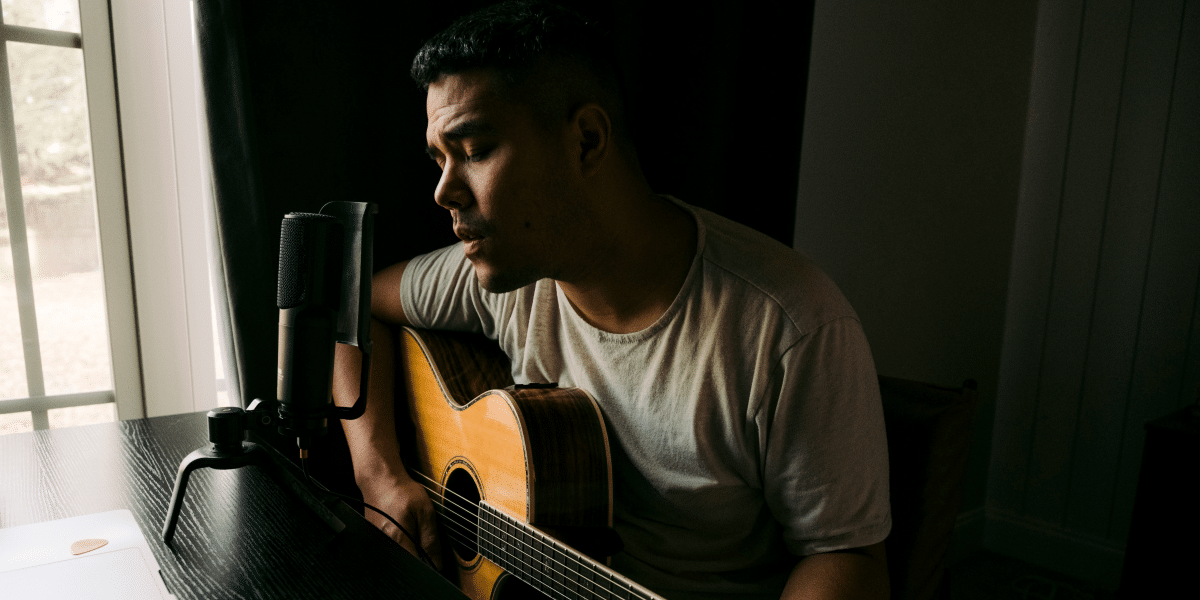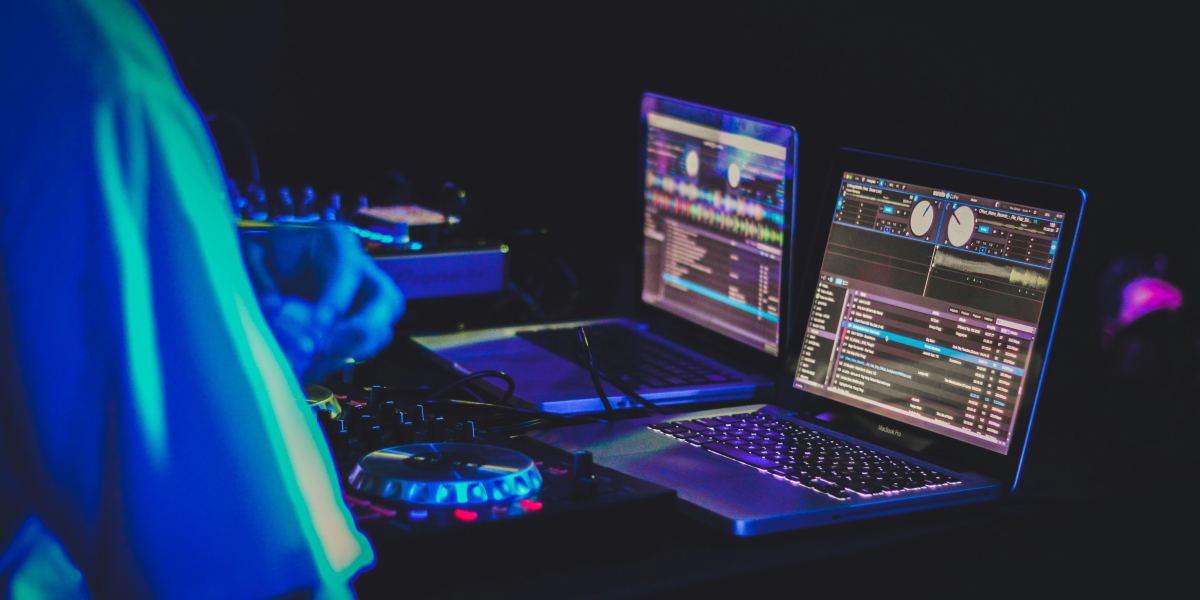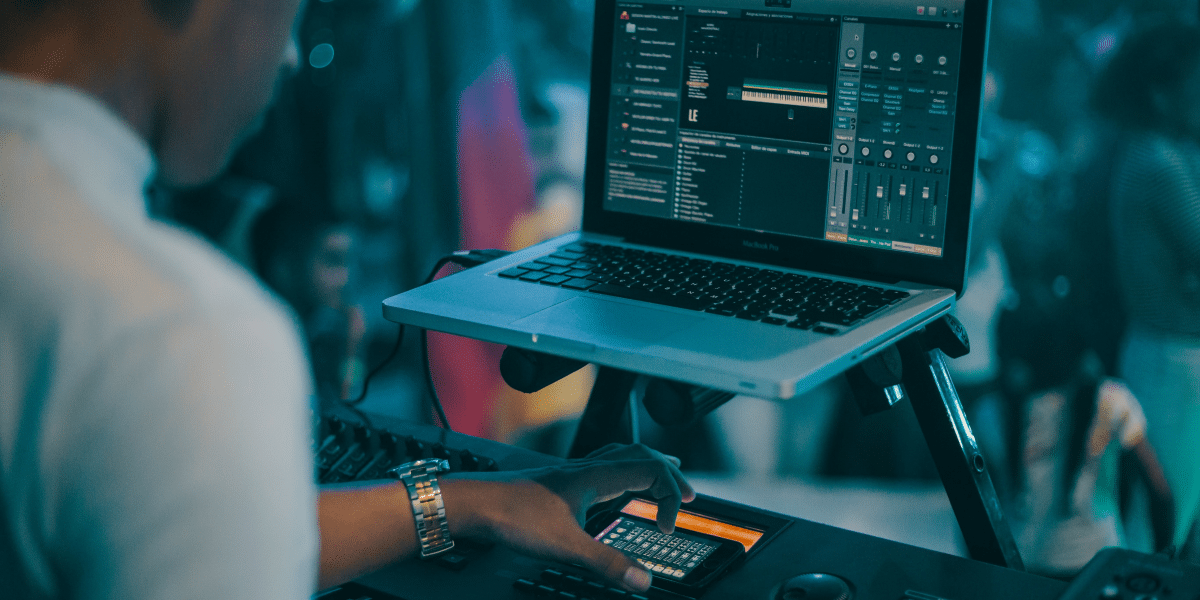World Music Traditions and Cross-Cultural Influences
Exploring the Rich Tapestry of Global Musical Heritage
In a world where borders are becoming less defined and cultures are increasingly interconnected, the realm of music serves as a testament to the beauty of cross-cultural collaboration. From the rhythmic beats of African drums to the intricate melodies of Asian string instruments, the global music scene is a vibrant tapestry of diverse traditions and influences.
In recent years, musicians around the world have been weaving threads of tradition into the contemporary fabric of their compositions. This fusion not only preserves the authenticity of cultural roots but also opens up new avenues for artistic expression. Traditional instruments find themselves harmonizing with modern beats, creating a unique auditory experience that transcends geographical boundaries.
Collaborative Ventures Breaking Barriers
One notable aspect of this global musical phenomenon is the rise of collaborative ventures that bring together artists from different corners of the world. These collaborations go beyond language barriers, allowing musicians to communicate through the universal language of music. It’s a beautiful harmony where instruments converse, and cultures find common ground in the realm of creativity.
The digital era has played a pivotal role in propelling world music into the spotlight. Streaming platforms, social media, and online forums provide a stage for artists who might have remained hidden gems in their local scenes. This democratization of access allows for a broader audience to appreciate and engage with the rich tapestry of world music.
Preserving Cultural Identity in a Globalized World
While the fusion of musical traditions is celebrated, there is an inherent need to preserve the authenticity of each culture’s musical identity. Artists find themselves navigating the delicate balance between innovation and preservation. It is crucial to honor the roots of a musical tradition while embracing the evolving landscape of global sounds.
As world music gains prominence on the global stage, it faces challenges and opportunities. The risk of cultural appropriation looms, and artists must tread carefully to avoid diluting the essence of the traditions they draw inspiration from. Simultaneously, the exposure opens up opportunities for cross-cultural dialogue, fostering mutual understanding through the language of music.
Advancements in technology have played a significant role in connecting musicians from different corners of the globe. Virtual collaborations and live-streamed performances enable artists to overcome geographical constraints. This technological bridge not only facilitates creative partnerships but also allows audiences worldwide to experience the magic of diverse musical traditions in real-time.
Navigating the Landscape of Cultural Sensitivity
As artists engage in cross-cultural musical endeavors, navigating the landscape of cultural sensitivity becomes paramount. Respecting the origins of musical styles and acknowledging the historical context ensures that collaborations are rooted in appreciation rather than appropriation. This approach fosters a global musical community built on mutual respect and understanding.
The world of music is undergoing a fascinating transformation, where traditional melodies dance with contemporary beats, creating a harmonious global melody. As musicians continue to explore the intersections of diverse traditions, it is essential to approach these collaborations with reverence for cultural roots. In doing so, we can collectively contribute to a musical landscape that celebrates the richness of global diversity.










